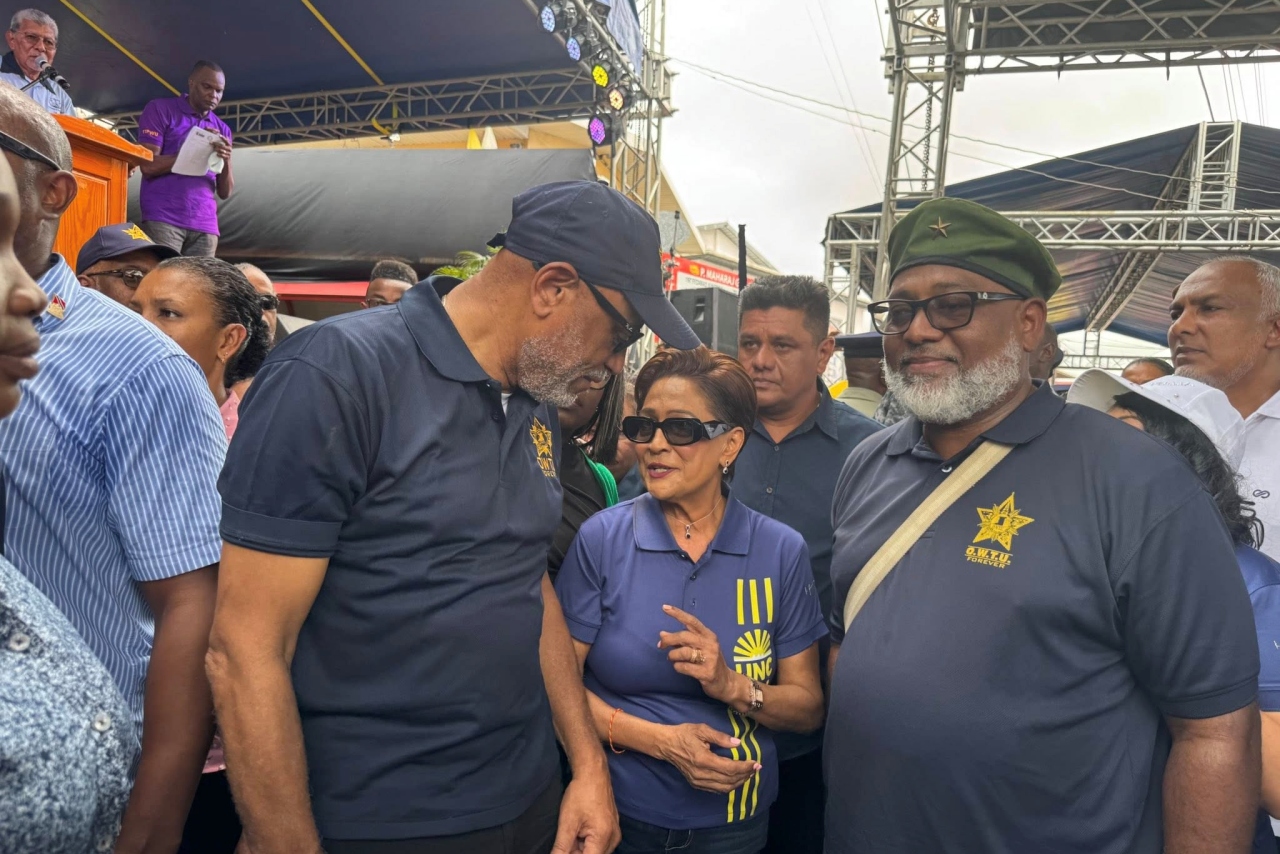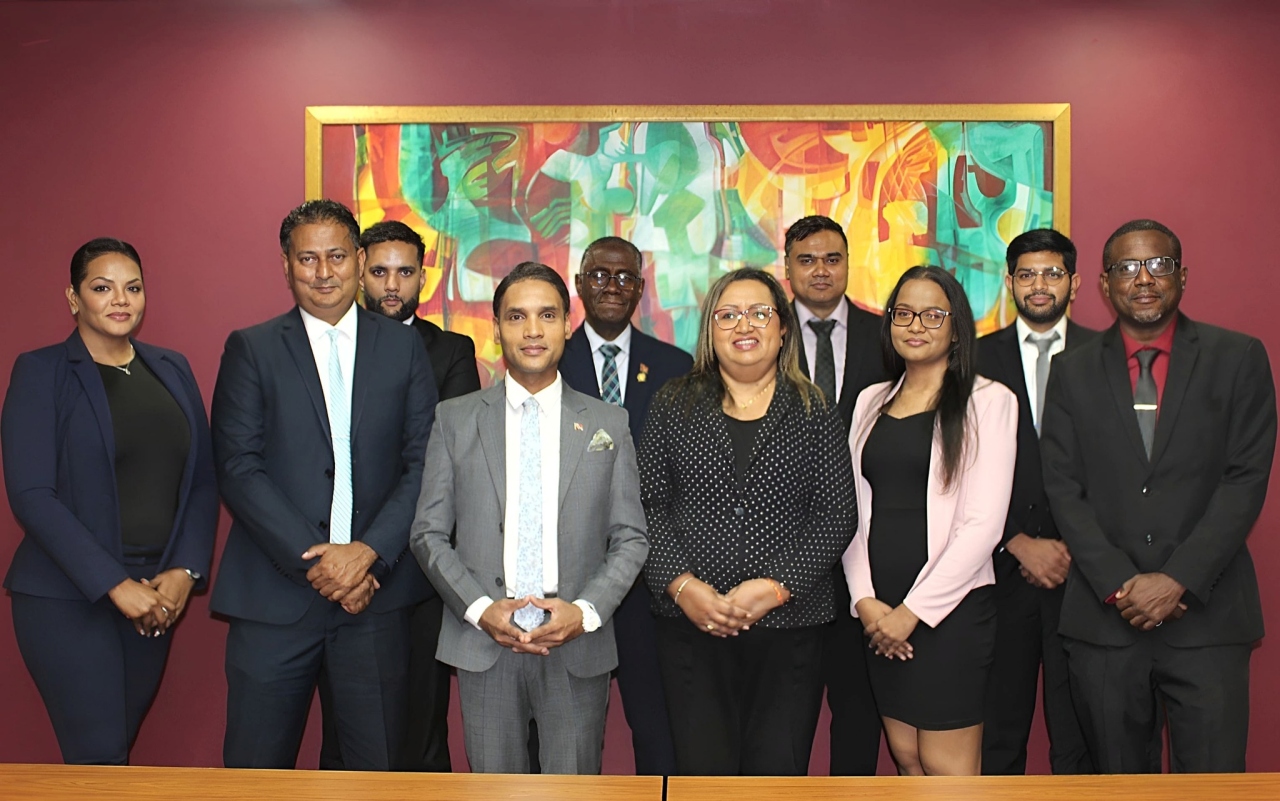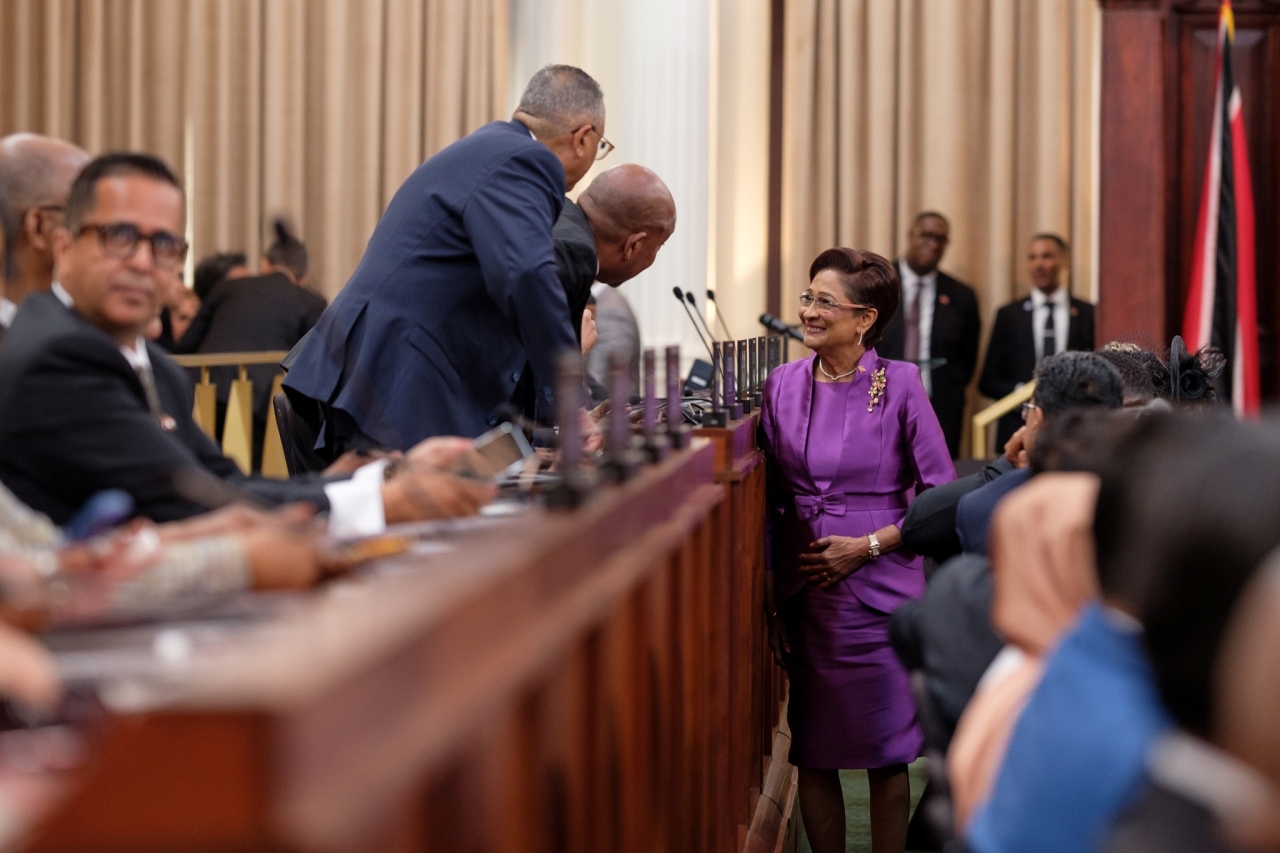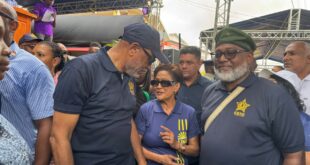“[…] Today, when we look at this cherished town that can boast of being the country’s only Royal Chartered Borough—a status granted by Queen Victoria in 1888—we see only a battered and bruised community which has lost all the facilities that made it so special and is now reduced to a lost and forgotten borough.
“[…] When indoor sports and cultural complexes were being built throughout the country, Arima was bypassed for consideration. An immigration office is urgently needed in Arima, given the proximity of the Piarco International Airport which is a mere 10-minute drive away…”
The following Letter to the Editor on the need for investment in Arima by the Central Government was submitted to Wired868 by Garfield Daniel of Arima Old Road, Arima:

(Courtesy Julie Guyadeen)
Arima was always considered to be the capital of east Trinidad. Those of us who were born in the late 40s and attended primary schools and local churches, supported our cultural icons like Kitchener and Holly B, were an integral part of the fraternity that consistently backed sports—mainly football, cricket, basketball, netball and track and field—witnessed the growth of small family businesses as they developed from parlours to massive supermarkets, and, of course, threw our support behind the one of us, the beautiful memories of the Arima we once knew.
In the early days before and after the War, Arima had a warden’s office that housed the Arima Post Office and what is now called Inland Revenue, next to the Police Station located on Broadway. The Courthouse, in a government building on Queen Street, was the venue for high-profile cases which attracted international attention.
Remember the Abdul Malik and Samuel Jacobs murder trials and the trial of Mano Benjamin, that ‘beast in human form’, who committed heinous crimes against women?

Michael X was sentenced to hang for the 1972 murders of Joseph Skerritt and Gale Benson, the daughter of British Conservative MP Leonard Plugge, in a high-profile case tried in Arima.
Sad to say, the judiciary compound is now occupied by illegal vendors who ply their trade in the heart of the Borough while the Magistrates’ Courts are housed in a rented building.
The Grand Stand at the then Old Race Track was the home for many cultural activities, featuring the likes of Kitchener and Sparrow among other calypso greats. Parang Queen Daisy Voisin graced the venue, where the famous Aunty Kay radio programme and, later, the very popular Best Village shows also took place.
Arima was the home of the country’s first all-weather athletic track, installed at the Velodrome, which also had the honour of being the first floodlit sports arena in the country. In the 60s and 70s, it saw some of the most thrilling and exciting cycling contests, with Roger Gibbon and Fitzroy Hoyte representing the Red, White and Black with distinction at many international events.
In track and field, Arima also produced many athletes who represented T&T at almost every Olympics, from George Lewis through Cliff Bertrand to Deon Lendore, who only just tragically left us in a traffic accident.

Lendore, who is Arima’s first Olympic medallist, died in a car accident on 10 January 2022.
(via Ashton Ford)
And we cannot forget that Arimian Laura Pierre was the first female athlete to represent the country at the Olympics.
Current coach of the West Indies cricket team, Phillip Simmons, hails from Arima. He was among a band of young cricketers who emerged in the 70s from the then popular Wes Hall Youth League.
In the days when West Indies dominated cricket worldwide, Arima’s proud son Larry Gomes was considered a major player in the team while Sunil Narine became the number one spin bowler in the ICC world rankings.
Another Arimian, the late Prince Bartholomew, was a leading bowler for the national team for many years, during which time they won the regional title.
Today, when we look at this cherished town that can boast of being the country’s only Royal Chartered Borough—a status granted by Queen Victoria in 1888—we see only a battered and bruised community which has lost all the facilities that made it so special and is now reduced to a lost and forgotten borough.

(Courtesy Nalis)
Former mayor of Arima Ashton Ford has aptly described the once proud Borough as a ‘glorified village’, with only the First Peoples Community garnering any national attention.
The Town Hall, built in 1952, has been refurbished over and over while other newly minted boroughs like Chaguanas feature modern administrative complexes equipped with up-to-date technology.
In fact, Diego Martin, which is not yet a borough, will soon be getting its own brand new administrative complex while the Borough of Arima, 134 years old this year, is still waiting impatiently for the construction of a new town hall.
Let me summarise the heart-wrenching facts:
Rented: Town Hall, Courthouse, Post Office, T&TEC and WASA Administrative Offices, Elections and Boundaries Commission (EBC) Offices, Registrar General’s Office, Library;
Gone: Valuation Office, Revenue Office, Social Welfare Office, sports facilities, cultural activities.

And there is more. When indoor sports and cultural complexes were being built throughout the country, Arima was bypassed for consideration.
An immigration office is urgently needed in Arima, given the proximity of the Piarco International Airport which is a mere 10-minute drive away.
The recently constructed mini Community Centre on Anglican Street has replaced a full-blown community centre that catered for sports, culture and education. The old one, put into service in 1964, had the distinct honour of being the first community centre in the country to be officially opened by the Honourable Prime Minister Dr Eric Williams.
Today, this centre stands as a stark reminder of how low the once proud Eastern Borough has fallen to become a pathetic and down-trodden community.
What is urgently needed is diligent attention to be given to the needs of the growing population of almost 400,000 citizens from expanding communities like Malabar, La Horquetta, Carapo, Bon Air East and West, Arouca, Arima Old Road, Mausica, Calvary, Mt Pleasant, Bye-Pass, Wallerfield, San Rafael, Arena, Brazil, Talparo and, of course, the original Borough of Arima.

The time has come for the Central Government to hold discussions about meaningful redevelopment with the people of Arima. The provision of facilities to put an end to the hardship endured by the citizens of Arima and environs is long overdue.
It is also the right time to put an end to the arrangements where outsiders make decisions for and on behalf of Arima.
The persistent efforts of the Friends of Arima Group over 35 years eventually resulted in the construction of the Arima General Hospital.
It looks like we may have to call on Bally Maharaj to reorganise the group to lobby, with the support of our two Members of Parliament and the Arima Borough Corporation, for the facilities and the assistance we now so desperately need.
Want to share your thoughts with Wired868? Email us at editor@wired868.com.
Please keep your letter between 300 to 600 words and be sure to read it over first for typos and punctuation.
We don’t publish anonymously unless there is a good reason, such as an obvious threat of harassment or job loss.
 Wired868 Wired868 for smart sport news and opinion
Wired868 Wired868 for smart sport news and opinion







Let’s not look outside for anyone to blame. The decline of Arima as a cultural/business hub and an incubator of sporting talent can be attributed simply to a lack of leadership and the organizational talent and will that existed prior to and during the 70s and 80s.
Don’t forget we also produced a National Panorama champion in Nu-Tones.
Oh how the likes of E.J and others must be rolling in their graves!
The author speaks for me. I agree ENTIRELY with his comments. Arima has gradually and inexorably become a forgotten backwater since the 1960s/70s. No infrastructural or cultural development. No economic development. Atrocious roads. Endemic water shortages–an irony in a place named for water.
But just so we like it.